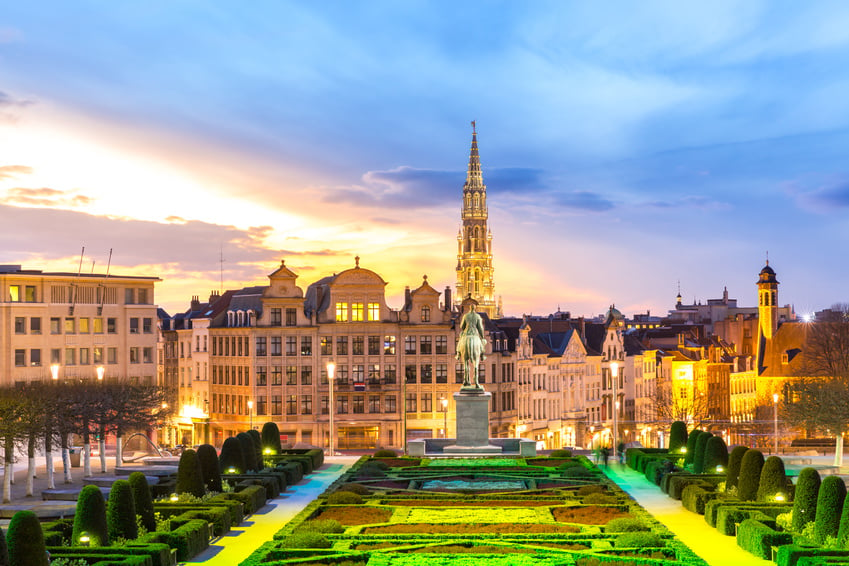In brief
On 16 September 2020, as part of her State of the European Union address to the European Parliament, President von der Leyen announced her intention to increase the 2030 target for greenhouse gas (GHG) emission reduction from 40% to at least 55%.
Achieving this will be an enormous challenge that will require massive investments in renewable energy, clean and innovative technologies as well as energy efficiency — a dimension of climate change mitigation where we haven’t seen much progress until today. Nonetheless, this challenge is widely acknowledged as achievable.
Combined with the European Recovery Plan, the investment in capital into the European economy, and particularly into the energy sector, will be unprecedented. The next three to five years therefore represent a once in a lifetime opportunity for businesses to position themselves in the changing European energy sector. There are, however, challenges and threats. Achieving this target will also require the overhaul of many of the financial and regulatory frameworks applicable to energy markets, actors and consumers. Businesses that do not carefully and pre-emptively anticipate and adapt to these changes will be left behind.
The EU Green Deal Strategy, as explained by the president and whose plan was recently published, covers the entire economy and plans a whole set of new initiatives and legislation in the next 18 months (see below), transforming the energy landscape, increasing the economy’s circularity through recycling and re-use, aligning financial and fiscal systems and incentives on climate change mitigation and environmental objectives. The Energy Sector Integration Strategy represents the Commission’s foundational framework for transforming the energy system.
The Energy Sector Integration Strategy aspires to integrate all the different energy sectors into a unified and well-functioning internal energy market. By integrating the different sectors, the Commission aims to optimise the energy system: increasing energy efficiency, striving towards more circularity and continuing to decarbonise energy, particularly in the gas sector. In practice, this mainly entails the electrification of most energy-consuming sectors — all for which electrification is technically and economically feasible — and the reliance on new decarbonised gases, especially clean hydrogen, for all others (e.g., energy-intensive industry and transport sector), with an exponential growth in renewable energy and major reforms in infrastructure and traditional market structures.
All companies should plan for this transition and take advantage of the opportunity that the European Recovery Plan and other EU and national funds offer by shaping the future of the European energy system. In this note, we provide an overview of the opportunities and challenges and a guide to these changes.



